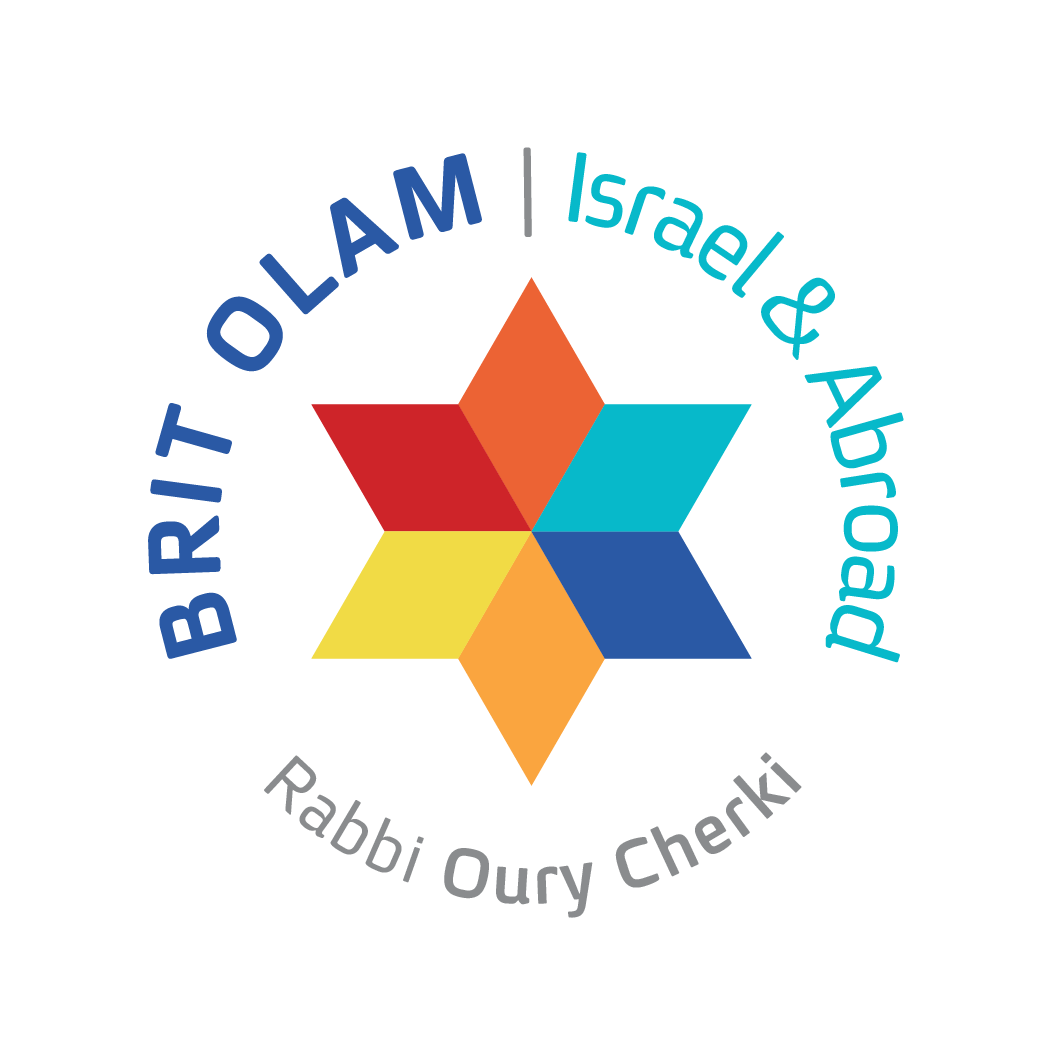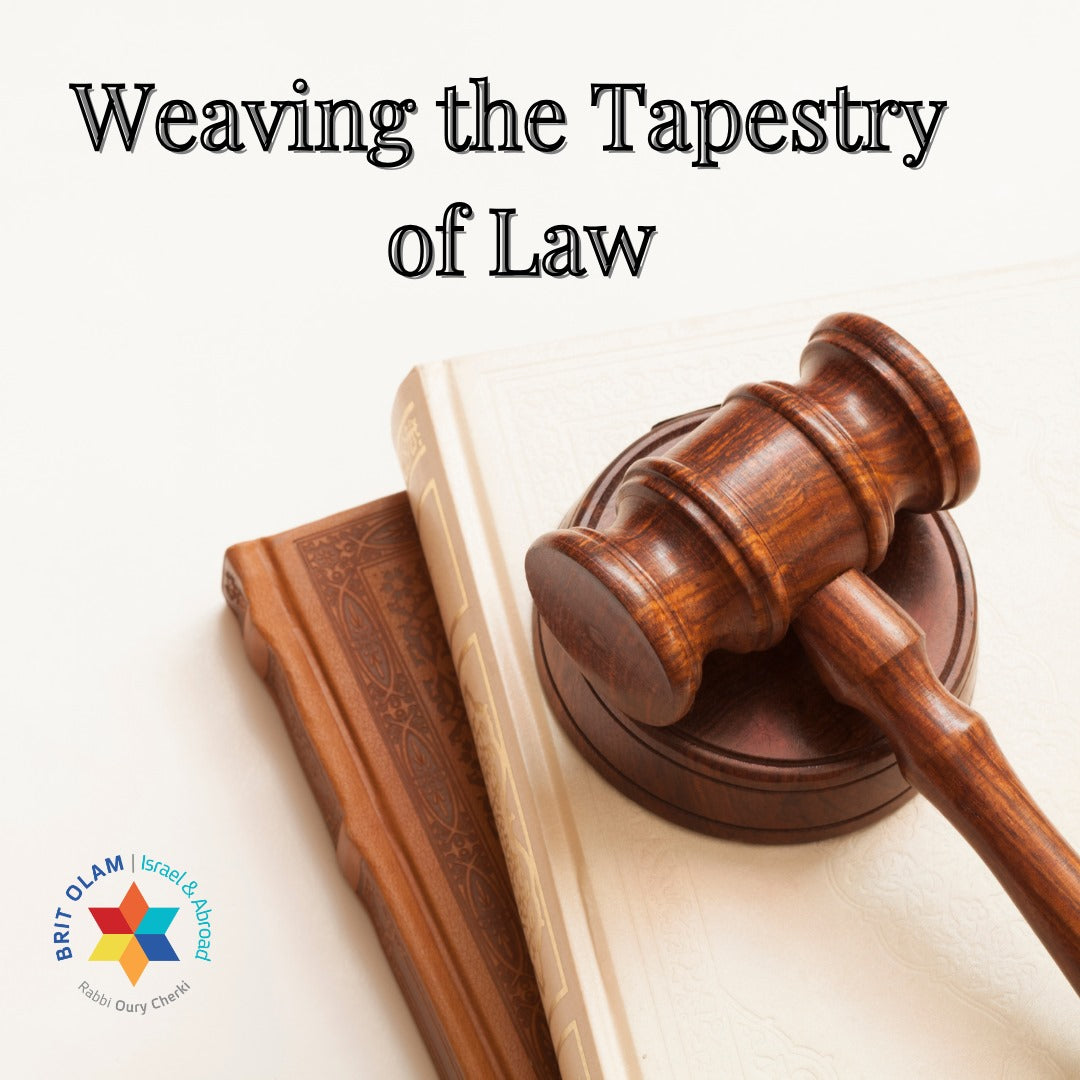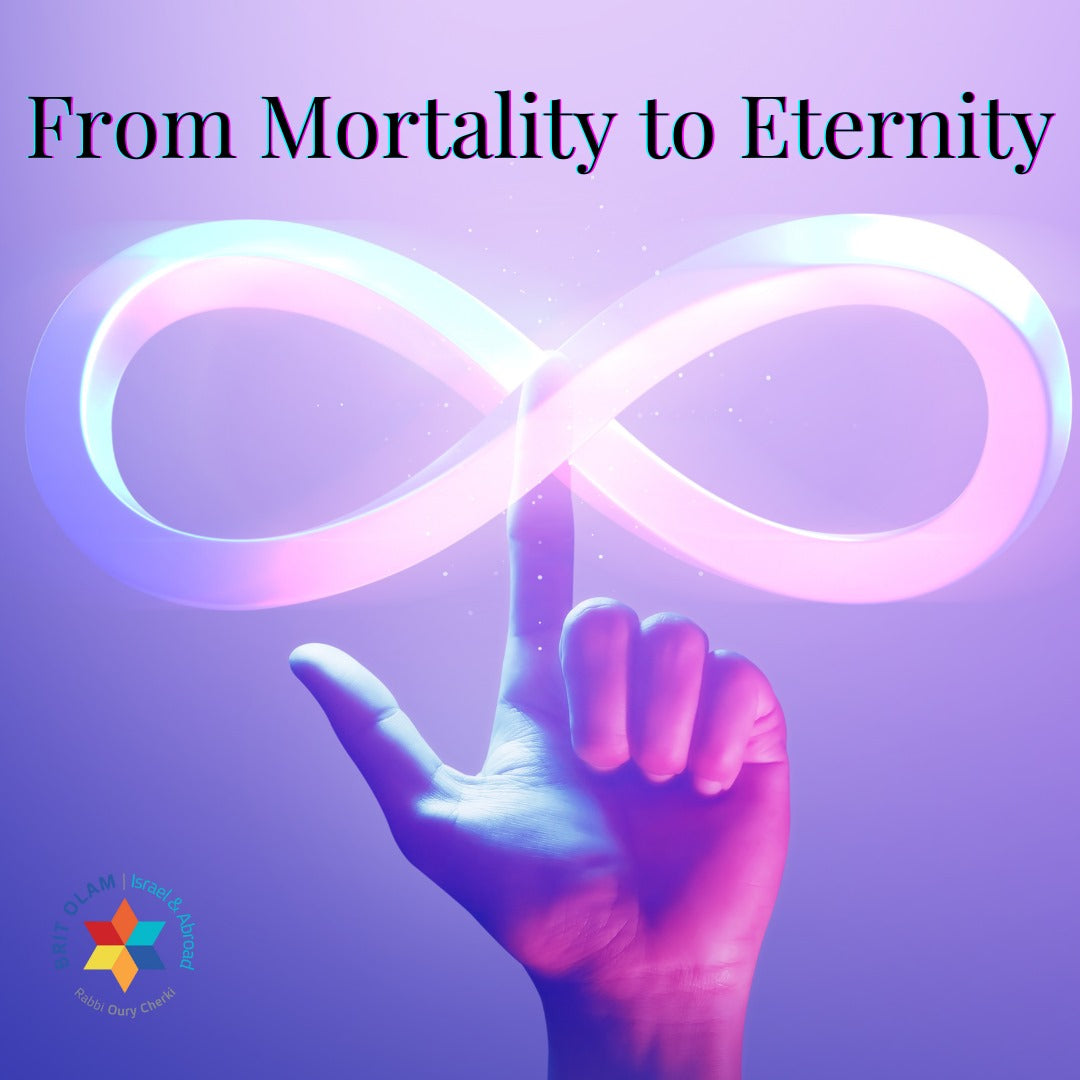What kind of name is "Chayei Sarah" (The Life of Sarah) for a Torah portion? If I see a book titled "Chayei Sarah," I would expect the book to be about Sarah's life. Surprisingly, what does the portion’s name, "Chayei Sarah," teach me? That Sarah died- it mentions her death, how she was buried and mourned. This is strange unless we understand that the sages meant to infer, by naming the portion with this name, that Sarah's real life begins precisely with her death.
This is hinted at through the uniqueness of the Hebrew language, which says, "And the life of Sarah was 7 and 10 and 100 years, the years (shnei in Hebrew) of the life of Sarah." There are two possible meanings to the Hebrew word ‘shnei’. It simply might mean, as translated above- the years of Sarah’s life. There is another possible meaning. The word ‘shnei’ in Hebrew also means two. Therefore, the verse could be understood as saying, ‘These are the two lives of Sarah.’ She has two lives - before her death and after her death.
What is the significance of saying that she had a life (even) after her death? How does she attain a life after being buried in the ground? The simple understanding is that the so-called ‘second life’ refers to life in the world to come.
However, a more profound thought is that thanks to Sarah's death, she now requires a plot of land for Abraham to bury her. To do so, our forefathers must purchase land in the Land of Israel. The moment he buys land in the Land of Israel, he is striking roots in the Land. By establishing roots, he begins to fulfill the covenant that God, the Creator, made with him and with his offspring to award him the land of Canaan. Thus, from here on, Israel's national life began.
A person might ask - should I start my life by buying a grave, which will eventually become necessary, or by purchasing an orchard or field? In an orchard or field, there is life! But here is a crucial difference. With a field or an orchard, the right to use that place is conditional. Its purpose and value are realized when I work that land. In contrast, the place where our forefathers are buried is a place where nothing is required from the occupier of the grave. The interred doesn't need to do anything, and therefore, that plot of land is an eternal inheritance.
Our connection with the Cave of Machpelah in Hebron, where our forefathers and foremothers are buried, gives us an unconditional bond to live a whole life within the entire breadth of our land.



